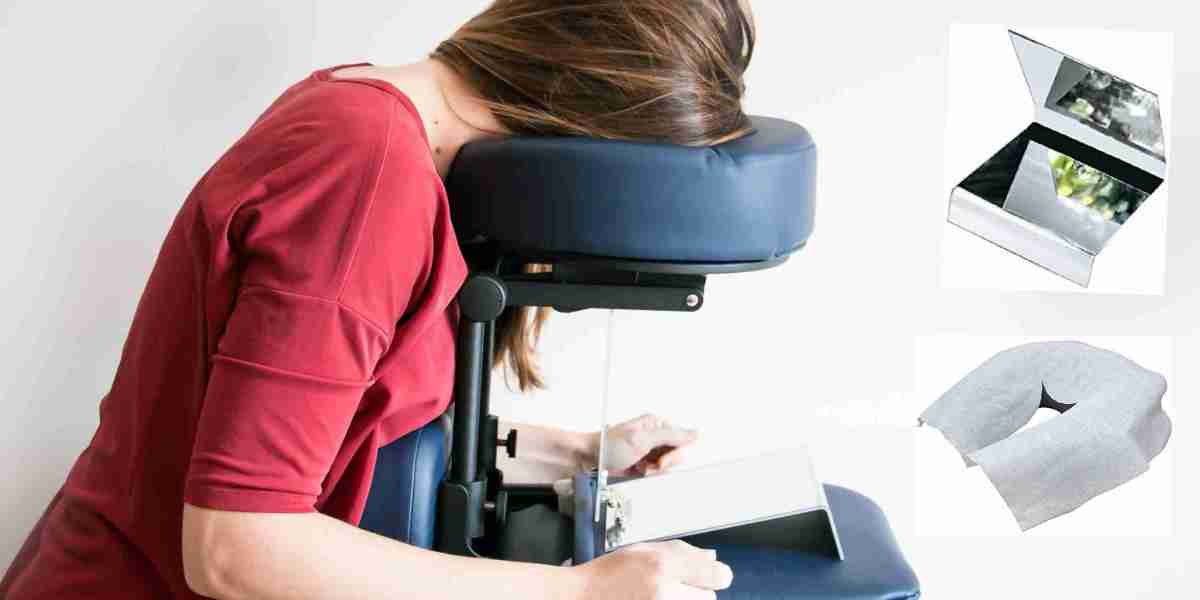Recovering from surgery is rarely easy, but certain procedures—like retinal detachment repair, spinal surgeries, or cosmetic treatments—require an added challenge: maintaining a face-down position for days or weeks. This posture aids healing but can lead to discomfort, stiffness, and even complications. a blend of ergonomic design and medical-grade support that transforms post-surgical care. Let’s explore how these tools prioritize comfort while accelerating recovery.
Why Face-Down Positioning Matters
Certain surgeries demand face-down recovery to protect delicate tissues, reduce swelling, or ensure proper alignment. For example:
Ophthalmologic procedures (e.g., retinal surgery) rely on this position to prevent fluid buildup.
Spinal surgeries require minimized pressure on healing vertebrae.
Plastic surgeries (e.g., facial reconstructions) use it to avoid disrupting grafts.
However, staying face down for extended periods strains the neck, shoulders, and chest, often leading patients to compromise their posture—risking slower healing or complications.
The Challenges of Traditional Recovery Methods
Before specialized equipment, patients relied on stacked pillows or makeshift setups, which posed issues like:
Poor Ergonomics: Misalignment causing muscle pain.
Pressure Sores: Restricted blood flow from uneven support.
Breathing Difficulties: Chest compression impacting respiration.
Mental Fatigue: Discomfort leading to stress and poor compliance.
These challenges highlight the need for solutions tailored to medical and comfort needs.
How Face Down Recovery Equipment Transforms Healing
Modern face down recovery equipment is engineered to address these pain points. Here’s how:
1. Ergonomic Design for Optimal Alignment
These devices feature contoured shapes that cradle the head, chest, and hips, distributing weight evenly. Adjustable cutouts for the face and torso allow natural breathing and reduce neck strain, ensuring patients maintain the required position without discomfort.
2. Pressure Relief & Injury Prevention
High-density memory foam or gel-infused padding minimizes pressure on sensitive areas like the eyes, cheeks, and shoulders. This reduces the risk of pressure ulcers and nerve damage, common in prolonged recovery periods.
3. Customizable Adjustments
Straps, adjustable heights, and modular components let patients tailor the equipment to their body type and surgery needs. For example, removable chest supports can accommodate bandages or drainage tubes.
4. Hygiene & Durability
Waterproof, antimicrobial fabrics make cleaning easier and prevent infections—a critical feature for post-surgical environments.
5. Mobility & Versatility
Portable designs, such as lightweight face-down pillows or wheeled recovery beds, enable patients to move safely (e.g., during travel or physiotherapy) without disrupting their healing posture.
Key Benefits for Patients
Investing in specialized equipment offers tangible advantages:
Faster Healing: Proper alignment and reduced strain promote tissue repair.
Lower Complication Rates: Minimized pressure sores and infections.
Improved Compliance: Comfortable setups encourage patients to adhere to recovery protocols.
Mental Wellbeing: Reduced physical stress alleviates anxiety, fostering a positive mindset.
A 2020 study in Journal of Surgical Research noted patients using ergonomic recovery gear reported 30% less pain and 20% shorter recovery times compared to traditional methods.
Choosing the Right Equipment
When selecting face down recovery equipment, consider:
Medical Needs: Consult your surgeon for posture requirements.
Adjustability: Look for customizable straps and padding.
Material Quality: Opt for hypoallergenic, breathable fabrics.
Portability: Ensure ease of movement if needed.
Popular options include face-down recovery pillows with torso cutouts, rotating recovery beds, and modular support systems.
The Future of Post-Surgical Care
As medical technology evolves, so does recovery gear. Innovations like smart sensors to monitor posture or temperature-regulated padding are on the horizon, promising even better patient outcomes.
Conclusion
Face down recovery equipment bridges the gap between medical necessity and patient comfort, transforming a challenging recovery phase into a manageable process. By prioritizing ergonomic support, pressure relief, and adaptability, these tools empower patients to heal safely and efficiently.





